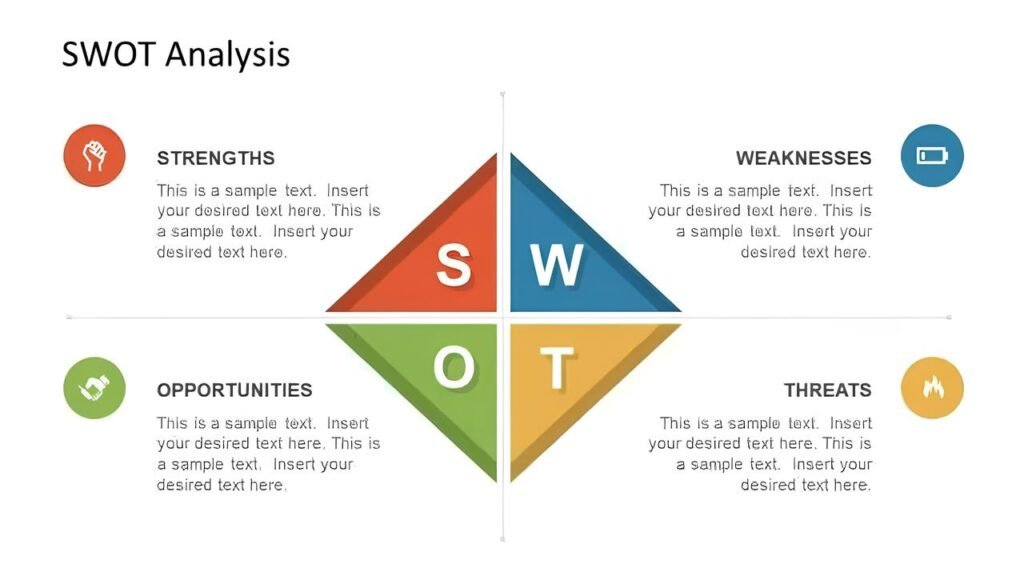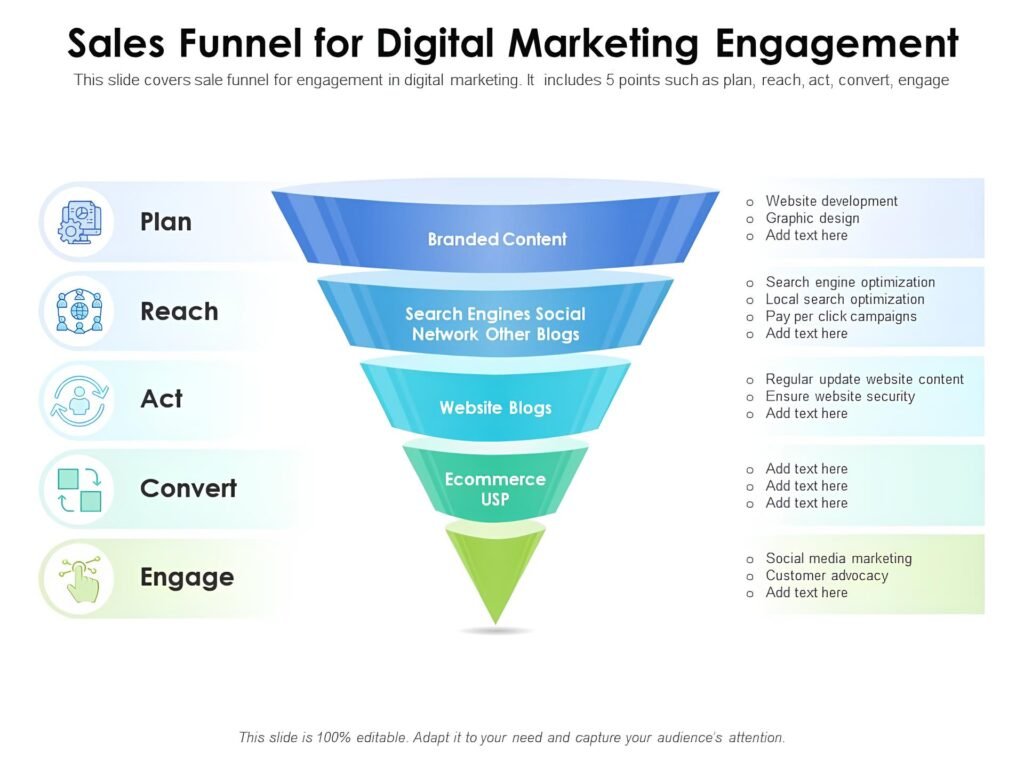A strong business plan is more than just a document; it’s a roadmap for success. Whether you’re launching a startup, seeking funding, or restructuring your existing business, a winning business plan is essential. It helps you set your goals, outline your strategy, and convince stakeholders of your vision. Here’s a comprehensive, step-by-step guide to creating a business plan that stands out in 2025.
1. Understand the Purpose of Your Business Plan
Before diving into the details, define the purpose of your business plan. Are you seeking investors? Applying for a loan? Planning growth strategies? Understanding your audience will shape the tone and content of your plan.
Key Tip: Tailor your business plan for its intended audience, whether internal (team members) or external (investors).

Image Source: [Medium]
2. Executive Summary
The executive summary is the first impression of your business plan. It should be concise yet compelling, summarizing your business idea, mission statement, and key objectives.
What to Include:
- Company name and description.
- A brief overview of your products or services.
- Your target market and competitive advantage.
- Financial highlights and funding requirements (if applicable).

3. Define Your Business Goals
Clearly outline what you want to achieve in the short term (1-2 years) and long-term (5+ years). Your objectives should be SMART: Specific, Measurable, Achievable, Relevant, and Time-bound.
Example Objective: “Increase market share by 15% in the next 12 months through targeted marketing campaigns.”

4. Conduct Market Research
Understanding your market is critical for a winning business plan. Conduct thorough research on industry trends, your target audience, and competitors.
Key Areas to Cover:
- Market size and potential growth.
- Customer demographics and buying behavior.
- Competitive analysis: Strengths, weaknesses, opportunities, and threats (SWOT).

Image Source: [SlideModel]
5. Detail Your Products or Services
Provide a clear and engaging description of your offerings. Highlight how your products or services solve problems or fulfill a need.
What to Include:
- Unique selling proposition (USP).
- Product lifecycle and future innovation plans.
- Pricing strategy and competitive positioning.

6. Build a Marketing and Sales Strategy
Marketing is a crucial component of any business plan. Leveraging social media effectively can help you reach your target audience and build a strong brand presence.
For expert guidance on creating impactful social media strategies, consider partnering with a professional social media marketing agency.
Outline your approach to reaching and converting your target audience into loyal customers.
Components of Your Strategy:
- Marketing channels: Social media, email, SEO, or traditional advertising.
- Sales funnel: Lead generation, nurturing, and conversion tactics.
- Customer retention strategies.

7. Financial Projections and Funding Requirements
This section is crucial for investors and lenders. Include realistic financial forecasts and clearly explain your funding needs.
What to Include:
- Income statement, cash flow, and balance sheet projections for 3-5 years.
- Break-even analysis.
- Funding requirements and how you plan to use the funds.

8. Include an Organizational Plan
Introduce your team and their roles. Highlight key personnel’s expertise and how they contribute to the business’s success.
What to Include:
- Organizational structure and key team members.
- Recruitment plans for future growth.

9. Plan for Potential Risks
Every business has risks. Show investors and stakeholders that you’ve considered potential challenges and have strategies to mitigate them.
Common Risks:
- Market competition.
- Economic downturns.
- Operational challenges.

10. Craft a Compelling Conclusion
End your business plan with a strong conclusion. Reiterate your vision, highlight key points, and leave a call to action for investors or stakeholders.
Key Tip: Your conclusion should inspire confidence and leave a lasting impression.

Final Thoughts
Creating a winning business plan is about clarity, strategy, and adaptability. With the right research, detailed objectives, and a compelling presentation, your business plan can be a powerful tool for achieving your goals and securing stakeholder support. Visit Website
Remember: A great business plan evolves with your business, so update it regularly to reflect new goals and market changes.












